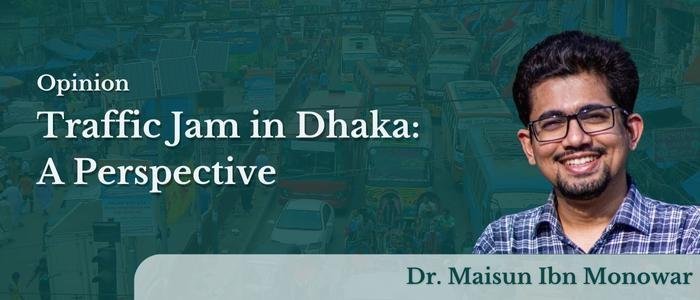Recently the traffic condition in Dhaka has been beyond tolerable. Not that it was any better before, just people were beginning to get used to it. I have been reading a lot of blogs/opinion pieces on how to “solve” it. Most of them hardly made any sense to me.
Now, I have no experience in urban planning. I have never studied it. Nor do I wish to pursue a career in urban planning. Whatever I will write, will be no different from the other articles. But what I can offer is a contrast. It took me five and a half years to finish my M.Sc. and Ph.D. During that time, I was living near my campus in Kitakyushu, Japan. Occasionally, I would travel to other cities for conferences. What I can narrate for you, is what I observed in the city of Kitakyushu and our very own Dhaka.
Commuting to Office:
For me, commuting was not an issue. I lived near the campus. It was 15 minutes on foot or 5 minutes on a bicycle. But there was a time, I had to go downtown for something during rush hour. I was a little surprised to find our University’s Vice-Chancellor (VC) on the same train, who lives in the downtown area. This was not the only time I saw our VC on the train. I bumped into him more times when I was traveling to Izuka, our other campus. It was not just him. You would also find my Ph.D. supervisor on the 7:30 train. That is how he travels to the office till now. Maeda sensei lived 50 km away from our campus. He took the train every day to campus. I asked him once why he lived so far away. That was 2+ hours of commute every day. To which he replied, he usually read during the commute, so it did not bother him.
This is true for most of the ‘Salarymen’ in Japan. They would either take the bus or the train to the office. Why? Multiple reasons. Japanese people are extremely punctual. If you are late to work for a delayed train, you can get an excuse token/slip from the train driver. Many read on their commute, so that is a plus. Driving to work can also be expensive as you have to rent a parking space every month. Parking spaces are widely available and expensive. I once paid 1200 Yen (about 1000 Taka) to park my car for just 3 hours. Renting a parking space in a residential complex is roughly 3000 Yen in my area. I imagine it would be almost twice as much to rent a parking space for a month in an office area.
Commuting to the office is not cheap. The shortest train ride will cost you at least 100 Yen (72 Taka). 600 Yen might be the mean daily cost for a person commuting to the office. So, it would be roughly 600 x 20 = 12,000 Yen just on trains. Some people live further away from their office. So, they need to pay higher. The train companies sell a “Monthly Pass” for service holders. They are discounted tickets for a whole month for the same starting and destination stations. For the duration you hold a valid pass, you are allowed to travel between the station an unlimited number of times. No questions are asked.
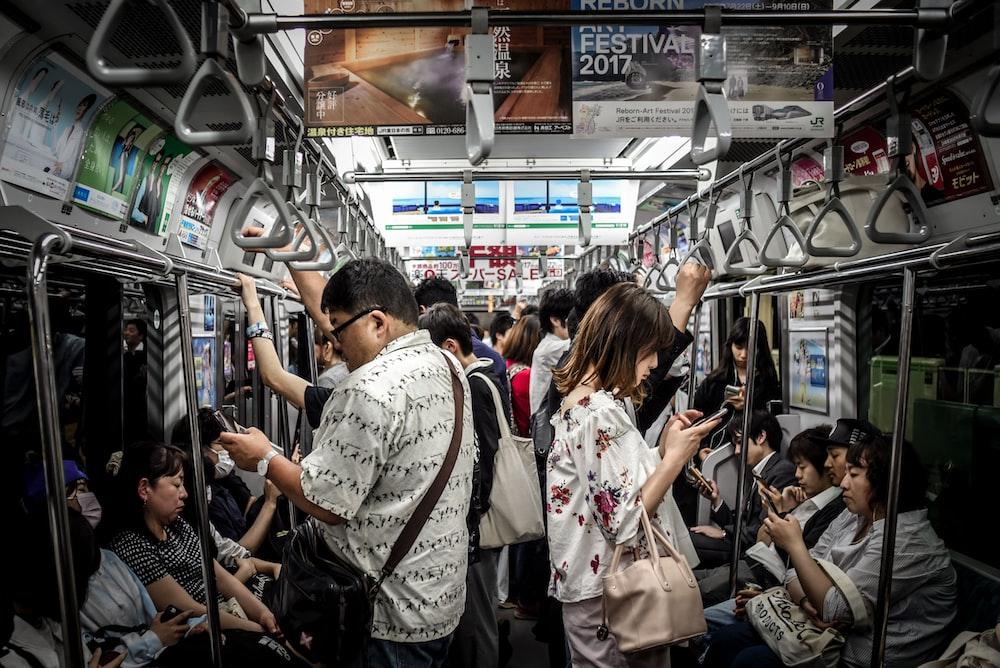
Driving in Japan:
Most of the destinations in Japan are accessible by public transport, especially the downtown area and residential areas (they are separate. You do not usually live where you work). In places where there is no public transport, you can expect a community bus or if it is a popular travel destination, you can expect a free-of-charge shuttle bus. For example, if you are visiting Mt. Sarakura in Kitakyushu, you can take the shuttle bus from Yahata Station to the cable car station. On weekends, shuttle buses will pick up passengers from Yahata station every hour. And vice versa.
However, there are a few places which are not accessible by public transport. You need to take a taxi or drive a car. You can call a taxi at any location, at any time in Japan. So that is not an issue. “Sugao no Taki” waterfall is one of those places you need to drive your car to.
For most of the parts, you do not need a car. There are supermarkets in every residential area. It is more convenient to take your bicycle to the supermarket. If you are planning to buy in bulk (which is not usually the case among Japanese people), you can take your car to the outskirts of the city where there are bigger, cheaper supermarkets. People in Tokyo usually do not drive their cars unless they are driving out of the city.
Driving in Japan is not always safe as it is full of mountains. You may find yourself on a narrow, twisty mountain road on a dark rainy night. And I can tell you from experience, such situations are not safe and not fun at all. It is usually very dark and you can hardly see 10 meters ahead of you. The roads are narrow. Sometimes with a rain gutter and no safety railing. One small mistake can cost you your life. This is one of the reasons getting a Japanese driving license is challenging.
Roads in Japan are of 3 kinds. The ‘Regular’ kind is what you would expect. Your average neighborhood streets with traffic signals, zebra crossing, and no potholes. The second kind of street is the “Urban Express”. These roads are almost always elevated and have an entry/exit. There are no intersections or pedestrian crossings. Only cars and trucks are allowed to be there. Urban expressways are owned and maintained by private companies. You have to pay a fixed rate to enter. They are very useful to get to your office in time during rush hours.
The third kind is highways. As you would expect, highways connect major cities. There are no intersections or pedestrian crossings. They are also owned and operated by private companies. Tolls will depend on your entry point, exit point, and the time of the day. Highways have their patrol cars for maintenance and maintaining traffic order. They are also soundproof.
Driving in Japan can sometimes be very frustrating. As a rule of thumb, if there are any accidents between a bicycle and a car, the car will be investigated. Likewise, if there is any accident between a bicycle and a pedestrian, the cyclist will be investigated. The bigger vehicle will always be blamed. The financial and legal penalty for such an accident is large. I will get points deductions on my license. And for serious accidents, I have to pay for the person’s medical fee plus their salary money as long as they are unable to work. So often I find myself waiting for the granny to cross the road. By law and by custom I CANNOT move until she clears the zebra crossing. Even if there is sufficient space for the cars to pass. She can decide to take a seat in the middle of the road. I as a driver can do nothing. As long as there are people on the zebra crossing or I see a kid intending to cross the road, I cannot move my car. For the same reason, I am very scared of cyclists and motorcyclists. If I am involved in any accidents with cyclists, they can bankrupt me.
Single-lane roads are also very frustrating. No matter how slow the granny in front of you is driving, you cannot honk or overtake. You need to be patient. For bus stops you may overtake, provided there is enough space. If I choose not to overtake a bus at the bus stop, people behind me have to wait (usually). In a busy city such as Tokyo, you may not see such patience but in Kitakyushu, you absolutely will.
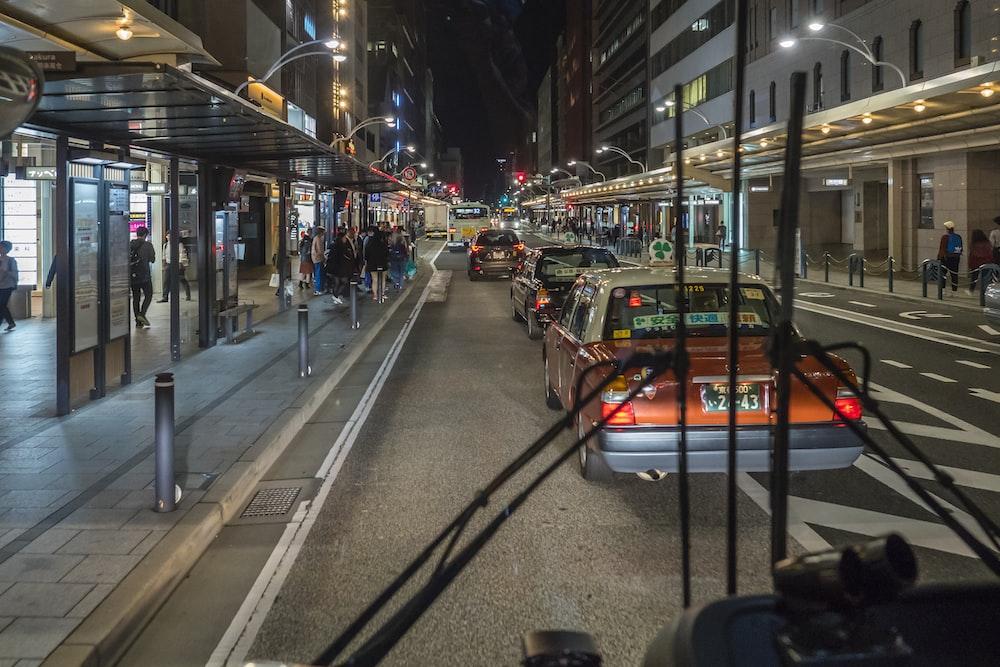
Traveling in Japan:
I once made the mistake of driving to Kyoto from Kitakyushu. I thought it would be fun and cheap. It was only a 13-hour drive and we would be able to stop along the way. That was a bad decision. The first 2 hours were fun. Later it became tedious. I started to feel drowsy. The roads were monotonous. To be safe, I had to take multiple breaks along the way. What I should have done was take the night ferry to Osaka. You can board the ferry at 7 pm and reach Osaka by 5 am. The ferries are very big and comfortable. If you are traveling on a budget, you can opt for the dormitory. If you can spend a little, you can book yourself a shared cabin or a private first-class cabin if you are feeling fancy, a private first-class cabin. Onboard you have some casino-type games. There are small restaurants that stay open till midnight. There are power outlets for your PC. You can walk on the deck. It is quite nice.
Night buses are also a good option. Little less comfortable than ferries, but often cheaper. You can take intercity bus rides almost any time of the day.
More popular options are trains. You would probably use “Rapid Lines” on the weekends. These trains do not stop at all the stations. Hence much faster than the local lines. If you have less time, take the “sonic” train. They look like bullet trains, but they are not. However, they cost 1.5 times more. If you want to reserve a seat, that costs extra.
Bullet trains are the fastest. But it costs a lot of money. Bullet trains only go from one city to another. They are also the most luxurious. If money is not an issue to you, then you can reserve yourself a seat in the “Green Car”, which is basically “first class”. They cost a lot of money. I have been told they have magical seats. However, I am yet to experience traveling in a green car.
For example, a trip from Kitakyushu to Fukuoka takes 2 hours by ‘local’ train, 1.5 hours by ‘rapid line’, and 1 hour by ‘sonic’ train. By bullet train, it is 15 minutes.
If you are traveling for business, you are more likely to take flights. A Two-way Flight from Kitakyushu to Tokyo is usually, 10,000 Yen. You can take the bullet train, but it will be 40,000 Yen both ways (by contrast round-trip tickets to Bangladesh were 60,000 Yen in 2019). If you are traveling on a weekend, you are more likely to choose ‘sonic’ trains as they offer the best compromise between cost, comfort, and speed.
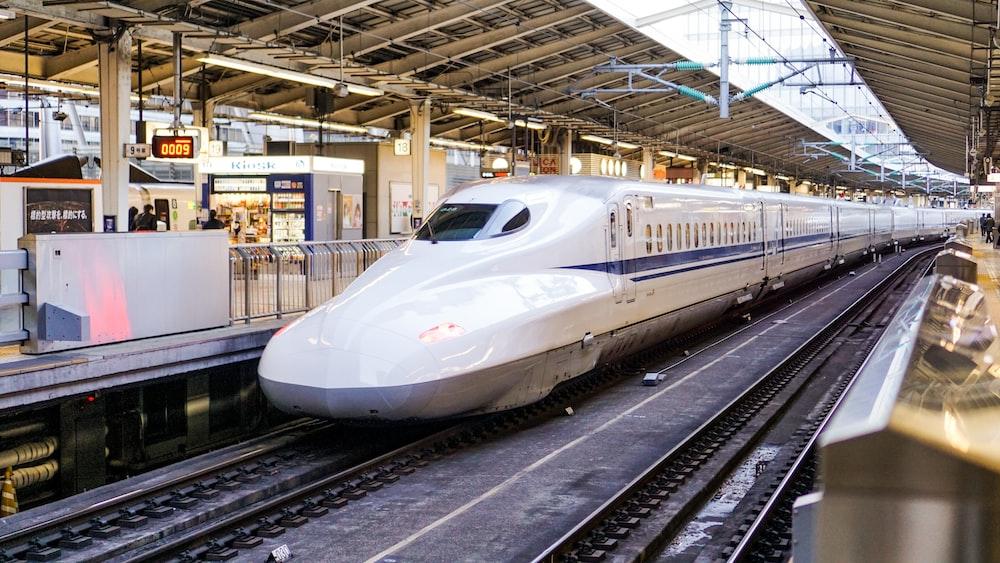
Public Transport Network:
One crucial fact people may not know about Japan is that public buses/trains are not always owned by the government. Private companies own and operate most of the trains and buses in Japan. Highway roads are also partly privately owned and maintained.
Conclusion:
To end this article, I would like to leave you all with a couple of perspectives. But before I do that, I would like to remind you once again this is not my field of expertise. What I am about to say or write is my opinion only.
Let us play our part. We have grown so accustomed to the lawlessness that we do not see breaking the law as a crime. Take honking, for example. Or driving aggressively to cover up that 5-centimeter gap in front. Bikers behave as if they can take off if they can gain a little more velocity. Yes, we will be laughed at. But consider this, if we act like barbarians ourselves, how can we change those around us?
Go for the low-hanging fruit. Why don’t we start with an easy task that does not take much effort and resources? Yes, we do need wider roads. Yes, we do need better public transportation. But how about getting those traffic signals working and obeying them? It is 2022. Why do we need a human being standing in the middle of the street and controlling the traffic? Yes, I agree our traffic signals do not have Artificial Intelligence in them but do we need them? How about we enforce people to keep to their lane? How about we enforce vehicle fitness?
Learn from our past. Each country has its unique set of challenges when it comes to solving its issues. I do not believe that simply copying and pasting an idea from some other country will magically solve our problems. History can teach us a lot about ourselves, the root of the problem, and eventually hints at solutions.
Ask the right people. We have a lot of smaller problems to solve before we can solve this decade-old problem of ours. And I am not the right person to answer that. Let us ask those who study and work on these kinds of problems. Let us ask the real experts.
Ask the right questions. If we cannot define our problem, how can we ever hope to find its solution? Maybe we are not asking ourselves the right questions. Let us ask the right questions to the right people.
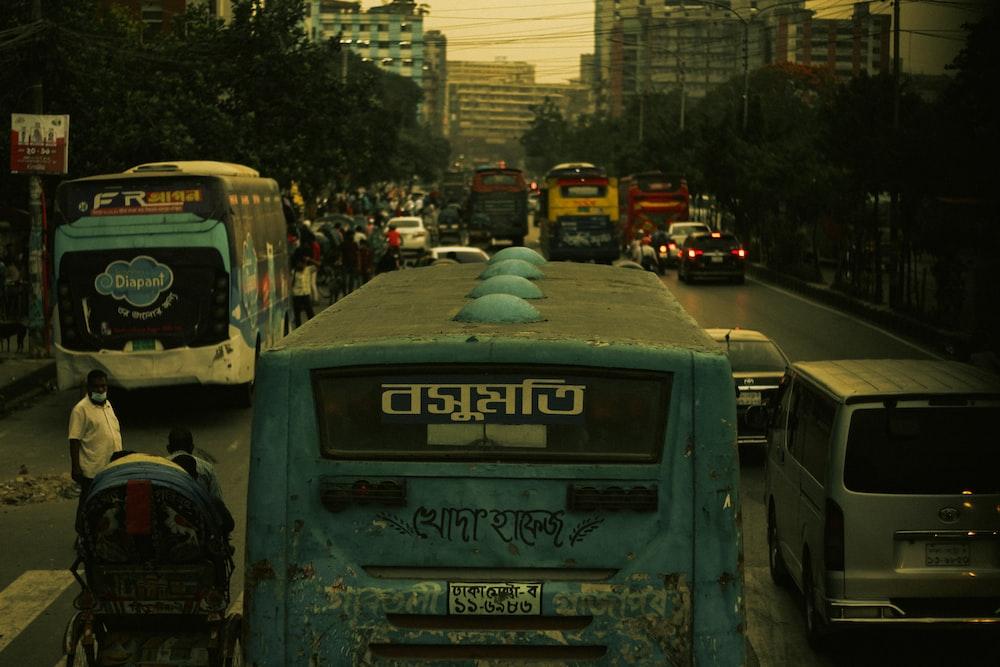
Dr. Maisun Ibn Monowar is a Satellite Engineer working as a Researcher in iQPS, Japan



